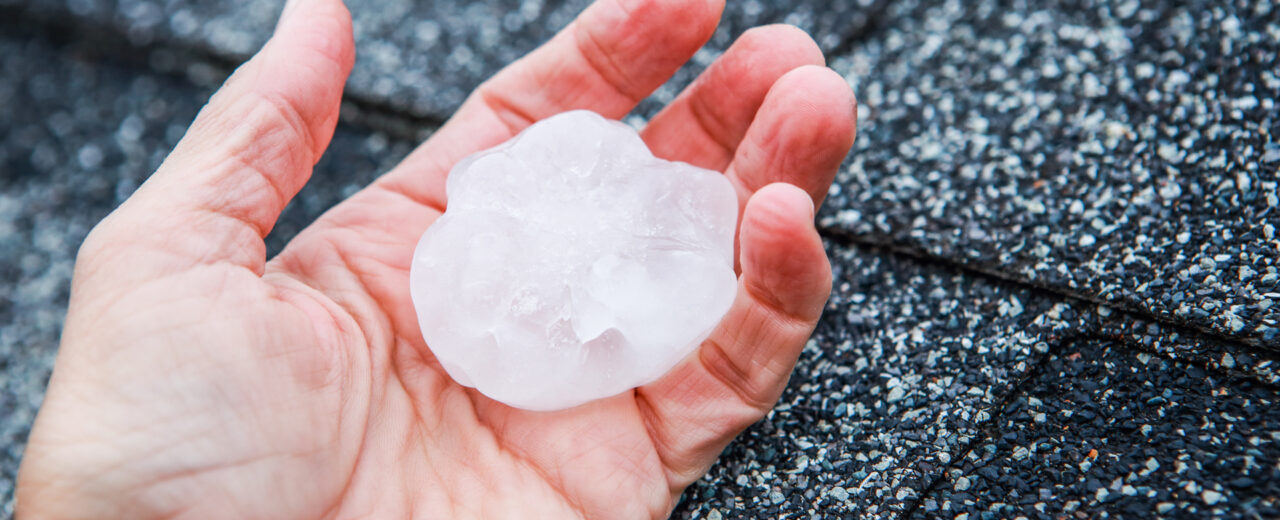The Best Roofing Material for Hail Resistance in the Mountain West
The Mountain West is known for its stunning landscapes, high elevations, and extreme weather conditions. Among the most damaging natural events homeowners face in this region are hailstorms. Hail can cause extensive roof damage, leading to costly repairs and insurance claims. Choosing the right roofing material is crucial for homeowners and business owners looking to protect their properties.
Key Considerations for Hail-Resistant Roofing
Before diving into the best materials, it’s essential to understand what makes a roof hail-resistant. The following factors play a significant role in a roof’sroof’s ability to withstand hail damage:
- Impact Resistance Rating – Roofing materials are rated on a scale from Class 1 to Class 4, with Class 4 offering the highest resistance to impact.
- Durability and Flexibility – Materials that absorb impact without cracking or breaking are ideal for hail-prone regions.
- Weight and Density – Heavy and dense materials resist hail damage better than lighter, brittle materials.
Considering these factors, let’s explore the best roofing materials for hail resistance in the Mountain West.
1. Impact-Resistant Asphalt Shingles
Modern asphalt shingles are available in impact-resistant (IR) varieties, making them one of the best options for homeowners in hail-prone areas. These shingles are reinforced with a polymer or fiberglass backing, allowing them to absorb impact without breaking.
- Pros: Affordable, widely available, and easy to install. Class 4 shingles offer excellent impact resistance.
- Cons: While more durable than standard shingles, they may still sustain damage from huge hailstones.
2. Metal Roofing
Metal roofs are among the most durable and hail-resistant options on the market. Steel and aluminum roofing panels can withstand large hailstones without cracking, and their smooth surface can also help hail bounce off rather than cause dents.
- Pros: High durability, excellent lifespan (40-70 years), and superior impact resistance.
- Cons: Dents may occur, especially with thinner metal panels. Higher initial cost compared to asphalt shingles.
3. Synthetic Roofing (Rubber or Polymer-Based Shingles)
Synthetic roofing materials, such as rubber or polymer-based shingles, mimic the look of natural slate or wood but offer superior impact resistance. These materials are highly flexible, allowing them to absorb the force of hail without cracking.
- Pros: Lightweight, impact-resistant, and available in various styles. Some options come with a Class 4 impact rating.
- Cons: More expensive than traditional asphalt shingles.
4. Concrete and Clay Tile Roofing
When installed correctly, concrete and clay tiles are durable and resistant to hail damage. They are heavier than other roofing materials, which helps them withstand impact. However, improper installation can lead to cracking upon impact.
- Pros: Long-lasting, highly durable, and energy-efficient.
- Cons: Heavy, requiring reinforced roof structures. Individual tiles can crack if struck directly by large hail.
The Best Choice for Mountain West Homeowners
For the best balance of cost, durability, and hail resistance, impact-resistant asphalt shingles and metal roofing are the top choices for homeowners in the Mountain West.
- Budget-friendly option: Impact-resistant asphalt shingles.
- Best long-term investment: Metal roofing.
- For premium durability and style: Synthetic roofing materials.
Given the Mountain West’s unpredictable weather, investing in a high-impact roofing material can save homeowners thousands of dollars in repairs and insurance claims. Always check for Class 4 impact resistance when choosing a roofing material, and consult a roofing professional to ensure proper installation.
For more information on hail-resistant roofing, or if you’re considering a new roof for your home or business, contact The Roofing Center!


